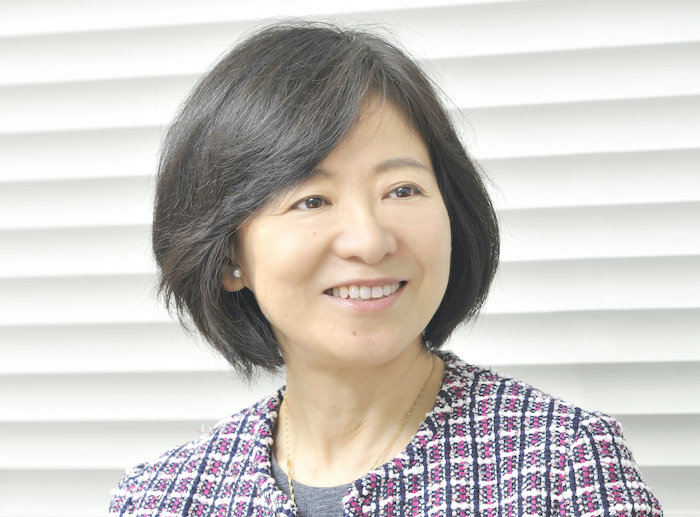OPINION PAPER
Actual Income and Assets of Elderly Households
and Future Policy Issues
Based on an Analysis of Intra- and Intergenerational Disparities
As Japan increasingly moves toward becoming a “super-aged” society, responding to a decline in the level of the basic pension is attracting attention as an important issue. The number of elderly people living in one-person households in Japan is increasing significantly, and is expected to increase even further in the future due to a marked rise in the number of never-married people. Among one-person female households, a considerable number receive the basic pension as their sole income. We must also take into consideration concerns that members of the “employment ice age” generation (the generation that entered the job market from the mid-1990s to the early 2000s, during the economic slump following the collapse of the bubble economy), many of whom are non-regularly employed and/or single, will face an increased risk of being unable to maintain their standard of living in old age.
While the average income of Japan’s elderly overall has remained flat in recent years and intragenerational disparities have not grown significantly, disparities in assets are extremely large, making it necessary to focus on the diversity of elderly households in terms of household types, disposable income, and assets. Furthermore, intergenerational disparity is also an important perspective, and the analysis in this paper reveals that (1) even if the elderly and the young have the same annual income, the margins available to support their standard of living differ due to differences in assets and disposable income, and (2) in particular, there is room to reexamine the burden on the working-age population represented by medical benefits for the elderly in later life, in terms of both income and assets.
Given the above, the following issues emerge. First, immediate consideration is required to prevent further decline in the level of basic pension benefits, in order to prevent the risk of elderly households being unable to maintain their standard of living from becoming a reality. Second, it will be important to create an environment enabling women and the elderly to continue working and to promote responses that take effect from a younger age, such as building assets toward old age. Third, given the considerable intra- and intergenerational asset disparities, it will be necessary to further discussions toward requiring the elderly to pay their fair share.
This is a translation of a paper originally published in Japanese in December, 2024.



